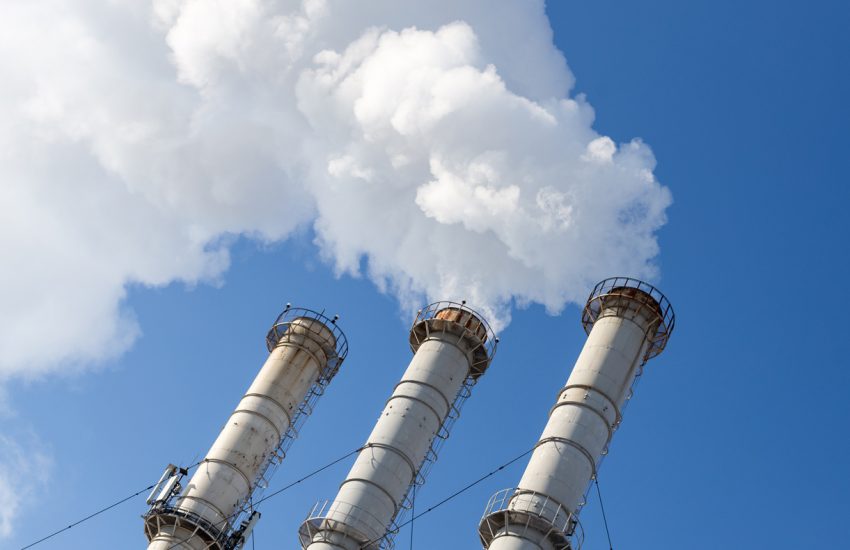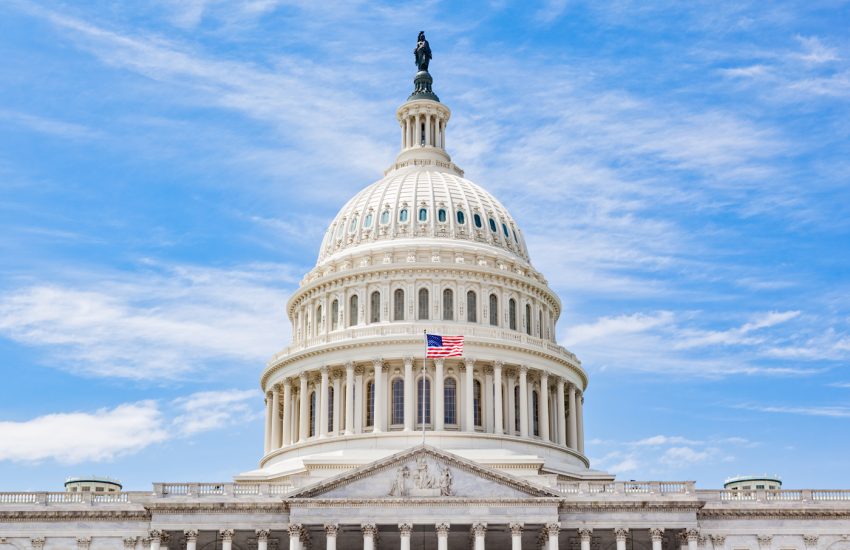On November 12, 2021, just as President Joe Biden prepared to travel to a major climate conference in Scotland with the intention of establishing America as a world leader in curbing greenhouse-gas emissions, the U.S. Supreme Court agreed to hear a challenge to a lower appellate court’s recent restoration of some of the Environmental Protection Agency’s regulatory authority concerning carbon emissions. The challenge focuses on a provision of the Clean Air Act requiring the EPA to identify the “best system of emission reduction” for existing …
Continue Reading









